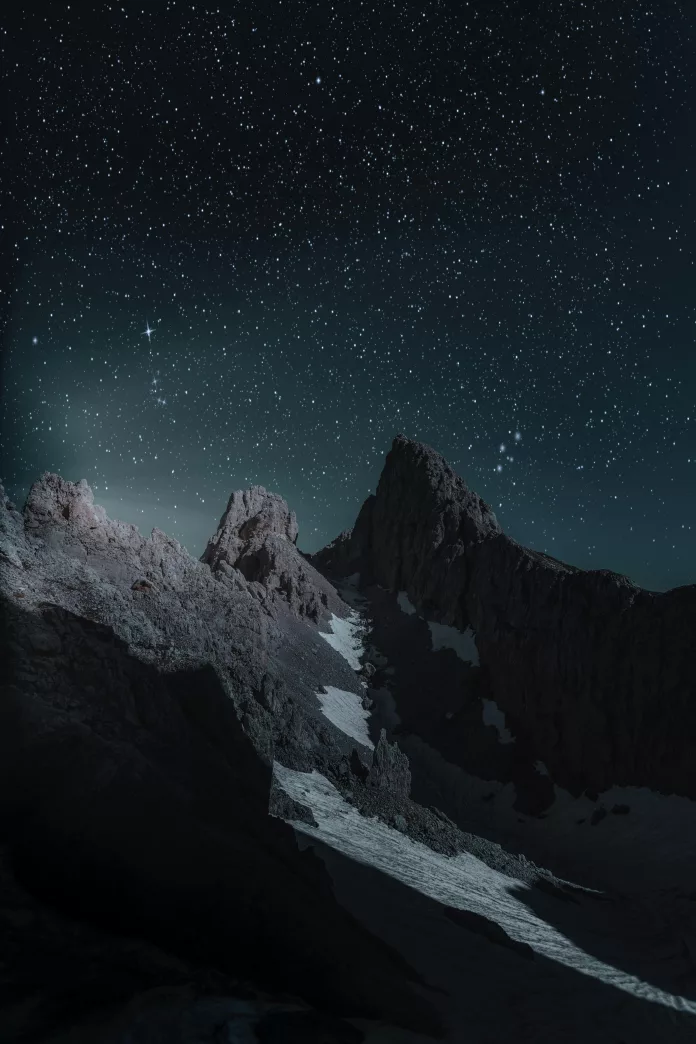In our bustling city lives, the mesmerizing splendor of the night sky often fades behind the veil of urban glow. Yet, seeking refuge in the tranquil darkness away from the urban centers brings the cosmos back to life. This isn’t just about the bewitching beauty of constellations and the Milky Way. The oft-overlooked gem known as the gegenschein can also be seen if one ventures deep enough into more secluded and darker locales. National parks provide an ideal backdrop for such celestial wonders, offering a dual-purpose destination: engaging daytime activities followed by nighttime stargazing.
The Importance of Darkness for Health and Ecology
It’s not just about the view—there are substantive health and ecological rationales for embracing the dark. The omnipresence of artificial light during the night can disrupt our circadian rhythm, tamper with hormone regulation, and affect our mood, potentially leading to serious health issues like cancer and depression. Wildlife suffers too, with artificial lighting confounding natural behaviors such as migration patterns and predator-prey relationships. Thus, balancing our need for nocturnal illumination with the adverse effects of light pollution becomes imperative.
Moab, Utah: A Beacon of Dark Sky Conservation
Enter Moab, Utah, an oasis currently associated with outdoor excitement ranging from off-roading escapades to e-bike trails. It’s a place where the rugged meets the recreational, with proximity to iconic sites like Arches National Park and Canyonlands. The region is replete with areas of natural splendor, including Glen Canyon and Dead Horse Point, with several achieving certified Dark Sky Park status. Moab’s quest for such certification cements its role in the preservation of our night skies.
Moab’s Journey to Dark Sky Certification
Diligence and coordination have been at the forefront of Moab’s efforts to minimize its light pollution footprint. As the largest nearby urban area, Moab is critical in protecting the celestial canopy of the surrounding parks. An application for dark sky certification submission is testament to years of local endeavors which included transformative city ordinances. With an understanding and inclusive approach by allowing residents until 2029 to comply with these changes, Moab is on track without imposing undue stress on its community.
Community Involvement in Lighting Solutions
Moab isn’t just about top-down mandates; it’s about community involvement and shared vision. The town encourages both residents and visitors to provide input on the new, less disruptive lighting—specifically tuned to emit less blue light. By inviting feedback on options like 2400K and 3000K light colors to sustainability@moab.org, Moab invites all stakeholders to shape its nocturnal landscape.
A Future Lit by Stars
The journey Moab undertook wasn’t a fleeting affair; five years of strategic planning and adjustments have carved the path to this significant milestone. Measures to tackle ‘nuisance lighting,’ such as invasive floodlights, are part of the city’s broader initiative against light pollution. As Moab approaches its target of dark sky certification, residents and sojourners alike can look forward to nights adorned with the unspoiled brilliance of stars—a future where darkness is treasured and the skies reclaim their ancestral majesty.

























